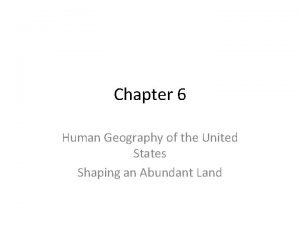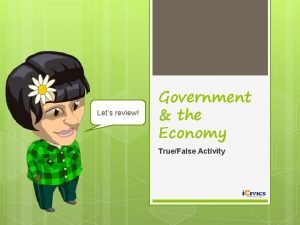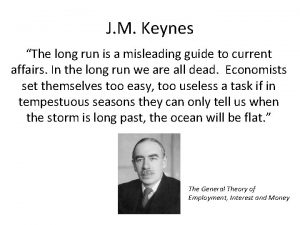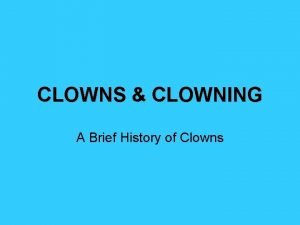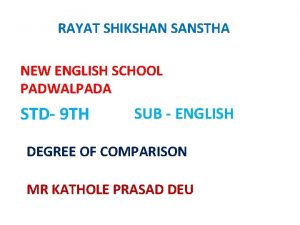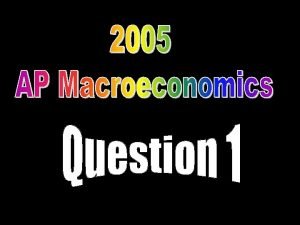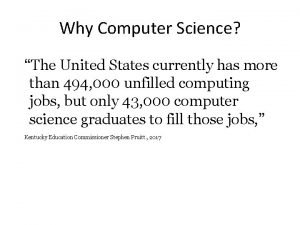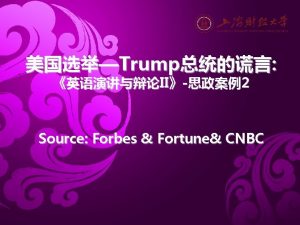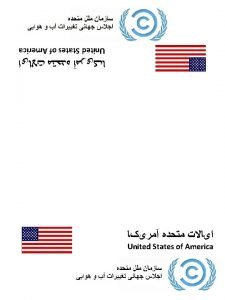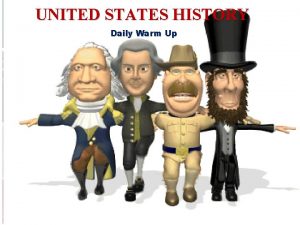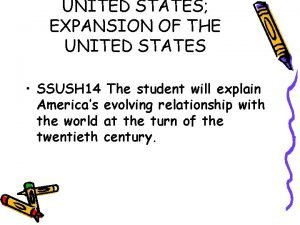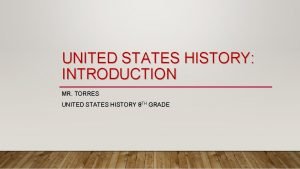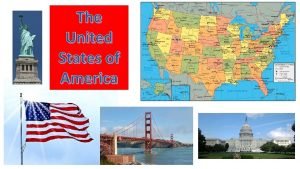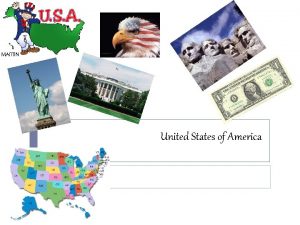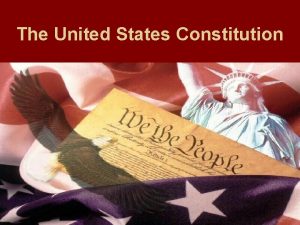Assume that the United States economy is currently



















- Slides: 19


Assume that the United States economy is currently in a recession in a short run equilibrium. (a) Draw a correctly labeled graph of a long-run aggregate supply, short-run aggregate supply, and aggregate demand, and show each of the following. (i) Current equilibrium output and price level, labeled as Y 1 and PL 1 (ii) full employment output, labeled Yf

Assume that the United States economy is currently in a recession in a short run equilibrium. (a) Draw a correctly labeled graph of a long-run aggregate supply, short-run aggregate supply, and aggregate demand, and show each of the following. (i) Current equilibrium output and price level, labeled as Y 1 and PL 1 (ii) full employment output, labeled Yf LRAS Price Level SRAS PL 1 AD Y 1 Yf Real GDP

(b) To balance the federal budget, suppose that the government decides to raise income taxes while maintaining the current level of government spending. On the graph drawn in part (a), show the effect of the increase in taxes. Label the new equilibrium output and price levels Y 2 and PL 2, respectively. LRAS Price Level SRAS PL 1 AD Y 1 Yf Real GDP

(b) To balance the federal budget, suppose that the government decides to raise income taxes while maintaining the current level of government spending. On the graph drawn in part (a), show the effect of the increase in taxes. Label the new equilibrium output and price levels Y 2 and PL 2, respectively. LRAS Price Level SRAS PL 1 AD Y 1 Yf Real GDP

(b) To balance the federal budget, suppose that the government decides to raise income taxes while maintaining the current level of government spending. On the graph drawn in part (a), show the effect of the increase in taxes. Label the new equilibrium output and price levels Y 2 and PL 2, respectively. LRAS Price Level SRAS PL 1 PL 2 AD 1 Y 2 Y 1 Yf AD Real GDP

(c) Draw a correctly labeled graph of the short-run and long-run Phillips curves. Use the letter A to label a point that could represent the current state of the economy in recession.

(c) Draw a correctly labeled graph of the short-run and long-run Phillips curves. Use the letter A to label a point that could represent the current state of the economy in recession. inflation LRPC SRPC unemployment

(d) Draw a correctly labeled graph of the loanable funds market for the U. S. Label the equilibrium interest rate as r 1 and the quantity of funds a qlf 1.

(d) Draw a correctly labeled graph of the loanable funds market for the U. S. Label the equilibrium interest rate as r 1 and the quantity of funds a qlf 1. Interest rate Slf r 1 D lf Qlf 1 Q loanable funds

(d) Draw a correctly labeled graph of the loanable funds market for the U. S. Label the equilibrium interest rate as r 1 and the quantity of funds a qlf 1. Interest rate Slf r 1 D lf Qlf 1 Q loanable funds

(d) Draw a correctly labeled graph of the loanable funds market for the U. S. Label the equilibrium interest rate as r 1 and the quantity of funds a qlf 1. (i) Assume that the policy makers pursue a fiscal policy to stimulate the economy. They decide to increase spending while holding taxes constant. To fund the increase in spending they will increase borrowing. On your graph in part (d), show the impact of this policy action on the interest rate and quantity of funds. Label the new equilibrium interest rate r 2 and the new quantity of funds qlf 2. Interest rate Slf r 1 D lf Qlf 1 Q loanable funds

(d) Draw a correctly labeled graph of the loanable funds market for the U. S. Label the equilibrium interest rate as r 1 and the quantity of funds a qlf 1. (i) Assume that the policy makers pursue a fiscal policy to stimulate the economy. They decide to increase spending while holding taxes constant. To fund the increase in spending they will increase borrowing. On your graph in part (d), show the impact of this policy action on the interest rate and quantity of funds. Label the new equilibrium interest rate r 2 and the new quantity of funds qlf 2. Interest rate Slf r 2 r 1 D lf Qlf 1 Qlf 2 Q loanable funds

(ii) Given your answer in part (d)(i), how will private sector investment expenditures be affected? They will decrease or be crowded out Interest rate Slf r 2 r 1 D lf Qlf 1 Qlf 2 Q loanable funds

(e) Instead of using fiscal policy, assume the Federal Reserve uses monetary policy to stimulate the economy. (i) What open-market policy should the Federal Reserve implement? Buy Bonds (ii) Using a correctly labeled graph of the money market, show the policy in part (e)(i) affects nominal interest rates.

(ii) Using a correctly labeled graph of the money market, show the policy in part (e)(i) affects nominal interest rates. Sm Sm 1 Interest rate r 1 r 2 D money Qm Qm 1 Q money

(ii) Using a correctly labeled graph of the money market, show the policy in part (e)(i) affects nominal interest rates. (iii) What will be the impact of the policy on the price level? Explain HINT – think about AD/AS --- refer to next slide Sm Sm 1 Interest rate r 1 r 2 D money Qm 1 Qm 2 Q money

(ii) What will be the impact of the policy on the price level? Explain Price level increases LRAS Price Level SRAS PL 1 AD Y 1 Yf Real GDP

(f) Instead of using open market operations, assume that the Federal Reserve targets a new federal funds rate to reach full employment. Should the Federal Reserve target a higher or lower federal funds rate? lower
 Chapter 6 human geography of the united states
Chapter 6 human geography of the united states The united states has a mixed economy true or false
The united states has a mixed economy true or false Assume the economy of andersonland
Assume the economy of andersonland Gây tê cơ vuông thắt lưng
Gây tê cơ vuông thắt lưng Block nhĩ thất cao độ
Block nhĩ thất cao độ Tìm vết của mặt phẳng
Tìm vết của mặt phẳng Sau thất bại ở hồ điển triệt
Sau thất bại ở hồ điển triệt Thể thơ truyền thống
Thể thơ truyền thống Hãy nói thật ít để làm được nhiều
Hãy nói thật ít để làm được nhiều Thơ thất ngôn tứ tuyệt đường luật
Thơ thất ngôn tứ tuyệt đường luật Tôn thất thuyết là ai
Tôn thất thuyết là ai Phân độ lown
Phân độ lown Walmart thất bại ở nhật
Walmart thất bại ở nhật Athens and sparta were both
Athens and sparta were both United states history and government regents
United states history and government regents Clowns origin
Clowns origin The united states is the greatest buyer positive degree
The united states is the greatest buyer positive degree What states are west of the mississippi river
What states are west of the mississippi river Uninhabited us territories
Uninhabited us territories Products of the southeast
Products of the southeast
